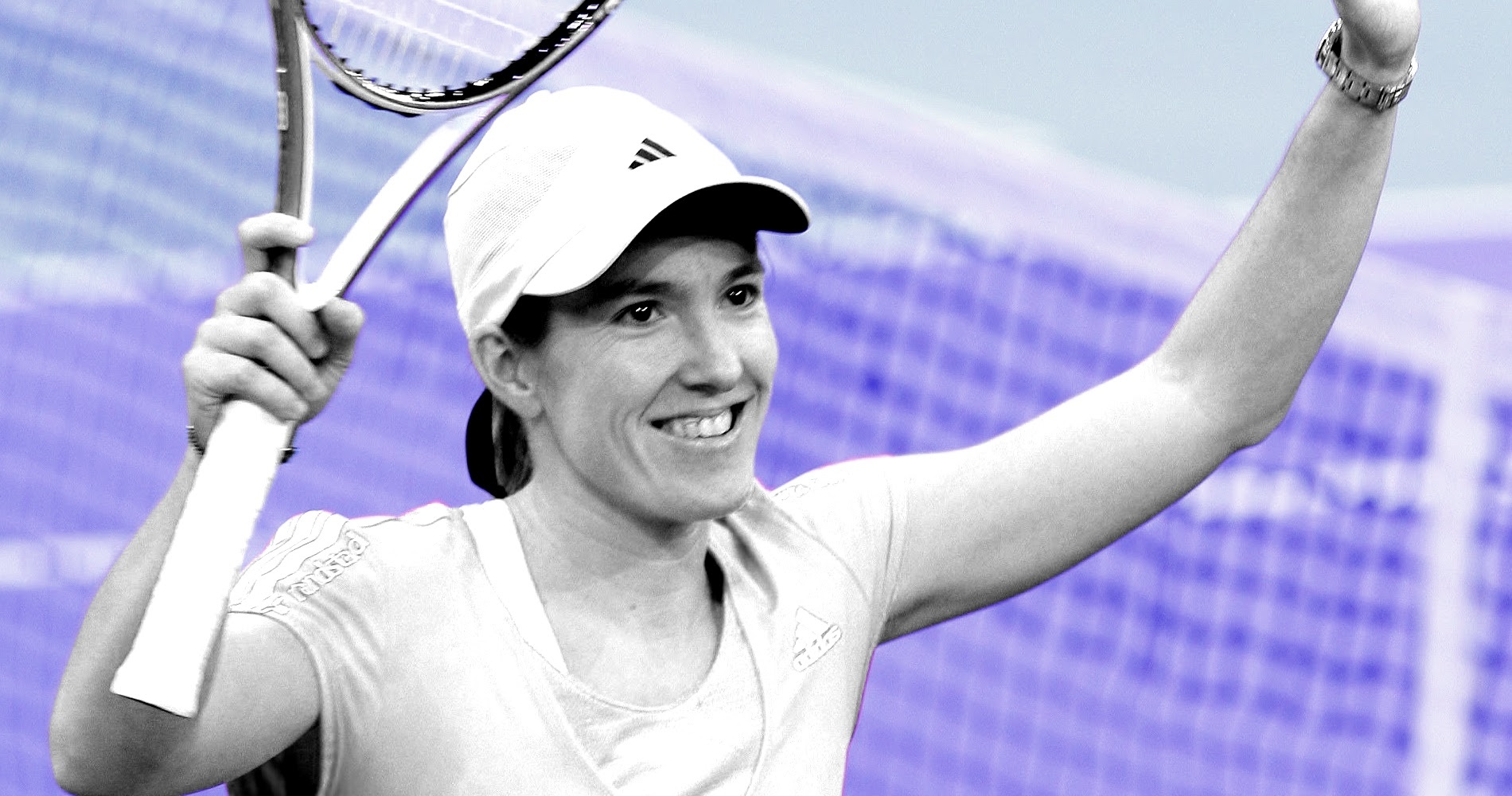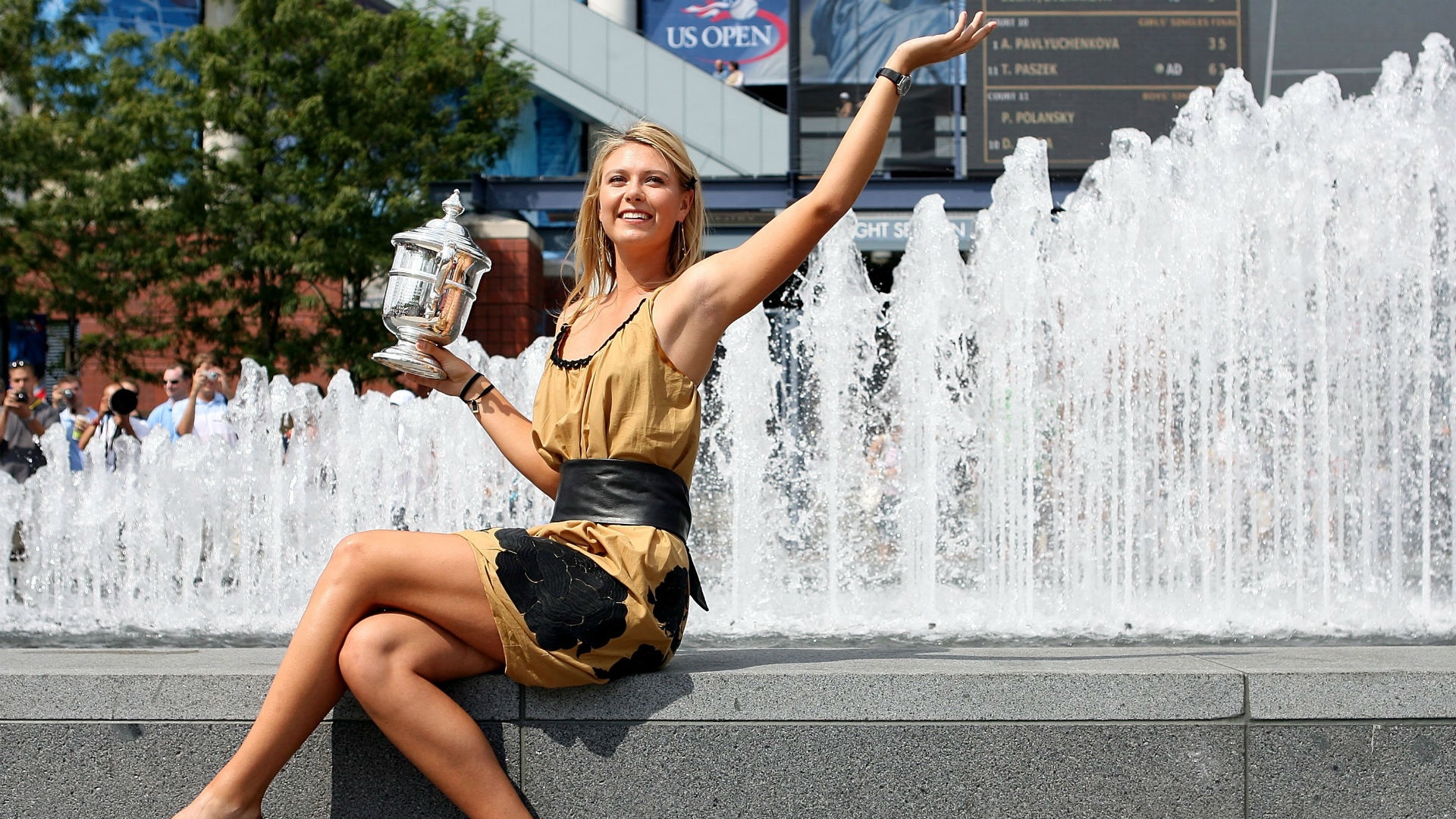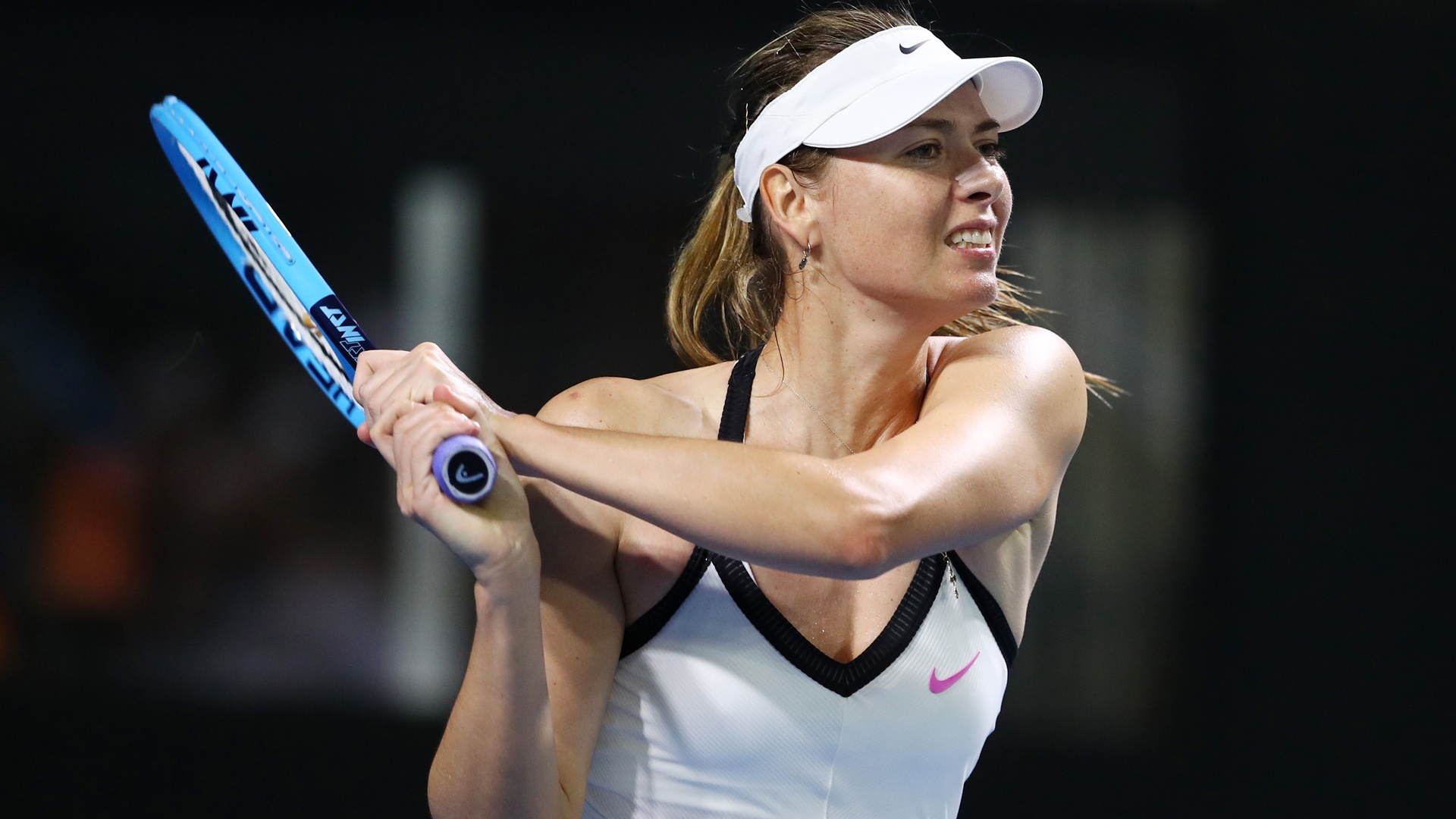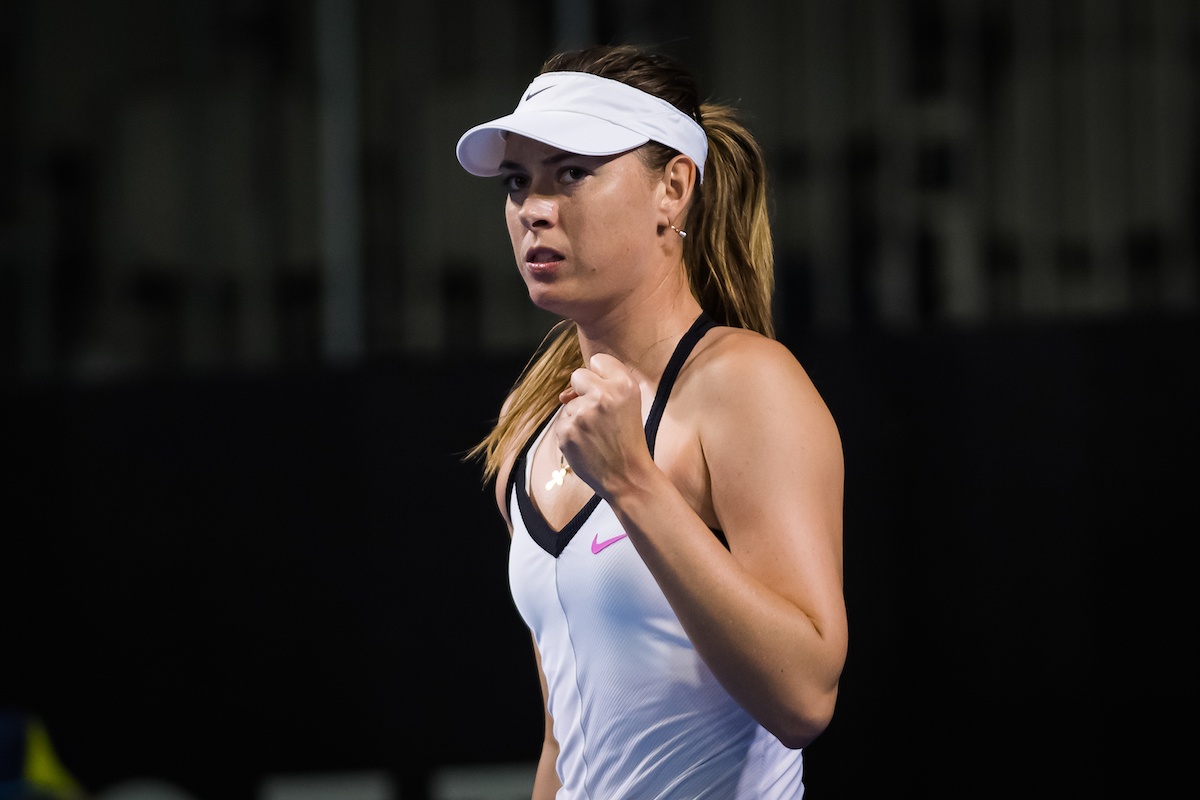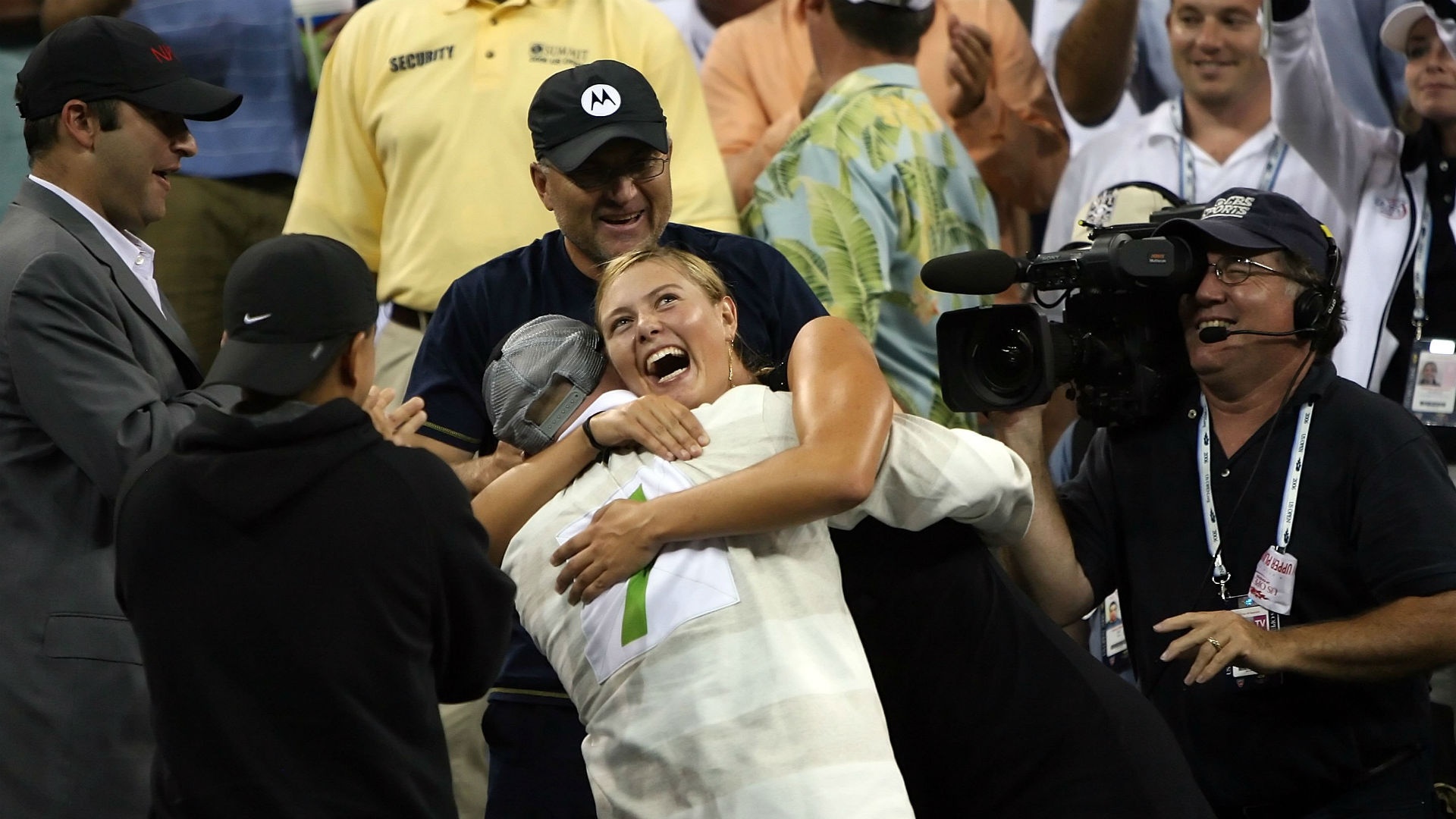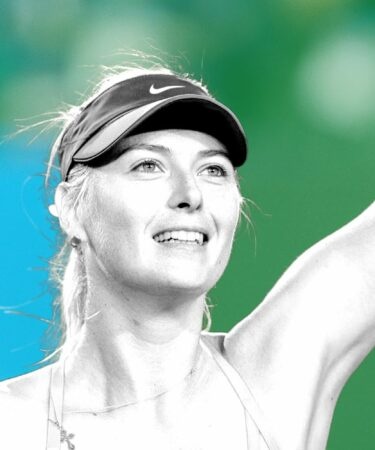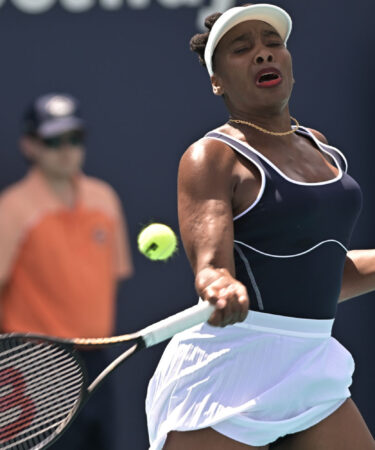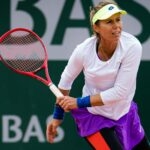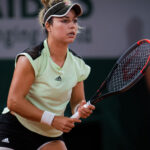January 16, 2013: The day Maria Sharapova dished out a second straight double-bagel
Every day, Tennis Majors looks back at the biggest moments in tennis history. On January 16, 2013, Maria Sharapova achieved something that had not been done in the sport since 1985
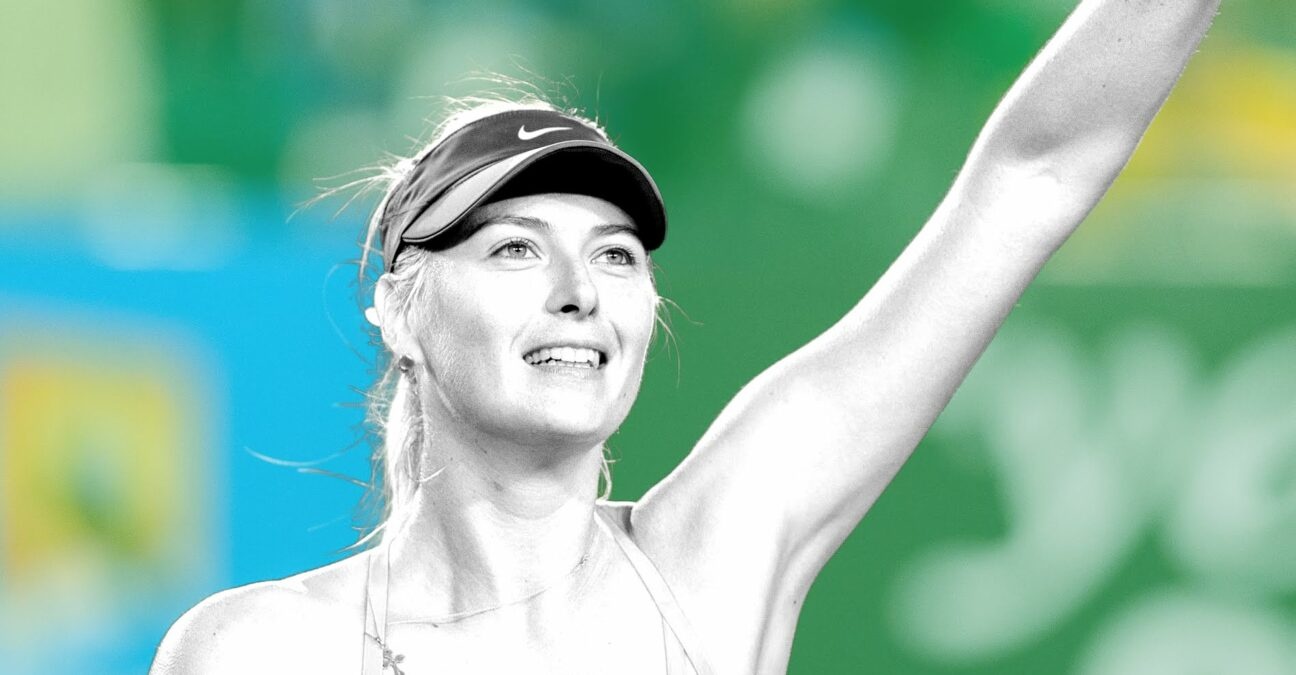 Maria Sharapova wins her second round match at the 2013 Australian Open
Maria Sharapova wins her second round match at the 2013 Australian Open
What exactly happened on that day?
On this day, January 16, 2013, by defeating Misaki Doi 6-0, 6-0 in the Australian Open second round, Maria Sharapova, who had already won her first round match without dropping a game, completed a very rare “double double-bagel”. No player had achieved that feat in a Grand Slam tournament since Wendy Turnbull, in Melbourne, in 1985. The Russian would then blast through her part of the draw, dropping only nine games in five matches, before losing to Li Na in the semi-finals (6-2, 6-2).
The players : Maria Sharapova and Misaki Doi
- Maria Sharapova: the champion from Russia
Maria Sharapova was born in 1987 in Belarus, but she started playing tennis as a young child in Sochi, where her parents had moved after the Chernobyl disaster. Her father, Yuri, took her to Florida when she was only seven years old to give her the best chance to become a professional tennis player. This happened quickly, as young Sharapova turned pro at the age of 14, and after a year on the tour, she was already ranked in the world’s top 200.
In the early stages of her career, Sharapova was often compared to Anna Kournikova: both players were Russian, both were successful and famous at a very young age, and they also shared a similar physical appearance, being both tall and blonde. Young Maria always dismissed the comparison, as Kournikova had never won a professional singles title and, through the years, had become more famous as a model than a tennis player, a path that Sharapova was not interested in.
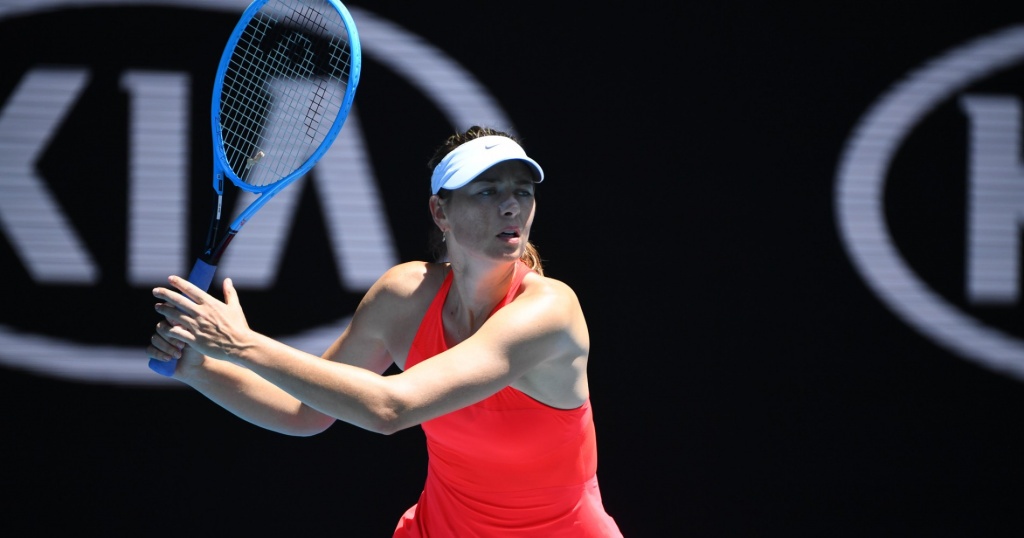
In 2003, Sharapova claimed her two first WTA titles, in Tokyo and Quebec, finishing the year as world No 32. In 2004, she stunned the tennis world by defeating Serena Williams in the Wimbledon final (6-1, 6-4) to become the fourth-youngest Grand Slam champion of the Open Era. She won four other titles and finished the season as world No 5. In 2005, after she reached the semi-finals at both the Australian Open and Wimbledon, she became the first Russian female player to reach the world No 1 spot on August 22. Sharapova won a second Grand Slam crown at the US Open in 2006, defeating Justine Henin in the final (6-4, 6-4).

In 2007, after she finished runner-up to Serena Williams at the Australian Open (6-1, 6-2), the Russian, struggling with shoulder pain, only claimed one title (in San Diego, defeating Patty Schnyder in the final (6-3, 2-6, 6-0), but in 2008, she triumphed at Melbourne Park, defeating Ana Ivanovic in the final. Unfortunately, her injury reoccurred and ruined the rest of her season. She only came back to the top in 2011, reaching the final at Wimbledon and finishing the year as world No 4, and in 2012, she achieved the career Grand Slam after she defeated Sara Errani in the Roland-Garros final (6-3, 6-2). At the start of 2013, she was ranked No 2 in the world.
- Misaki Doi: the top 100 left-hander from Japan
Misaki Doi, a 5ft 3in left-hander from Japan, born in 1991, played her first WTA main draw event in 2010. The following year, she reached the third round at Wimbledon (defeated by Sabine Lisicki, 6-4, 6-2), and in 2012, she broke into the top 100 for the first time. At the start of the 2013 Australian Open, she was ranked No 92 in the world.
The place : Melbourne Park
Unlike the other Grand Slam tournaments, the Australian Open (first known as the Australasian Championships and, later, the Australian Championships) had moved locations several times over the years. In fact, the event switched cities every year before it settled in Melbourne in 1972, and no fewer than five Australian cities had hosted the event at least three times: Melbourne, Sydney, Adelaide, Brisbane and Perth.
The event was initially held on grass at the Kooyong Stadium, in a wealthy eastern suburb of Melbourne. Its timing had changed several times as well, between early December and January, going from being the first Grand Slam of the year to being the last. In the 1980s, the tournament’s Board made big efforts to become as prestigious as the other Grand Slams, which ended up with the event moving to a new location in 1988, at Flinders Park (later known as Melbourne Park), switching from grass to hard courts, and unveiling the first-ever centre court equipped with a retractable roof. Prize money increased as well, and it wasn’t long before the tournament became the favourite Grand Slam of many players.
The facts: Sharapova needs only 47 minutes for the win
Maria Sharapova started 2013 with great ambition. After a few years of struggle with a recurring shoulder injury, the Russian had returned to the top in 2011, and, after having completed the career Grand Slam, she was now competing for the world No 1 spot with Victoria Azarenka and Serena Williams. In the first round of the Australian Open, she had set high standards, blanking fellow Russian Olga Puchkova (6-0, 6-0). In the second round, she was the heavy favourite against Doi, the world No 92 from Japan, who had defeated Petra Martic in the first round (6-3, 6-4). However, it was still a surprise to see her handing out a second double bagel in succession: the Russian swept her opponent off court in just 47 minutes. Sharapova became the first player since Wendy Turnbull, at the 1985 Australian Open, to achieve a “double double-bagel” at a Grand Slam event, but she didn’t seem to assign much importance to that rare feat.
“It’s not really the statistic I want to be known for. I want to be known for winning Grand Slam titles, not that I won two matches 6-0, 6-0,” she said, according to ndtvsports.com. “You know, I’m just happy that I won the match and I get to go through and I’m in the next round. (…) I didn’t know too much about my opponent; just knew she was a few inches shorter than I was. But it’s always tough, especially when you’re up a set and a couple of breaks, to keep that momentum. I really forced myself to concentrate and just get the job done today. Without looking at the scoreboard, I don’t want anyone to know what score it is on the scoreboard just by looking at my face or my attitude. I try to play every single point like I really need to win it.”
In the third round, the Russian was to face Venus Williams, the world No 25, but a former world No 1 and seven-time Grand Slam champion. It was highly unlikely that she would dish out another double bagel.
What next? one more Slam for Sharapova, three WTA titles for Doi
Maria Sharapova wouldn’t blank Venus Williams, but she would still defeat her easliy, 6-1, 6-3. The Russian would then easily make her way into the semi-finals, destroying Kirsten Flipkens in the fourth round (6-1, 6-0) and Ekaterina Makarova in the quarter-finals (6-2, 6-2). It would then be her turn to suffer a heavy loss, against Li Na (6-2, 6-2) in the semi-finals.
Sharapova would win one more Grand Slam title, edging Simona Halep in the 2014 Roland-Garros final (6-4, 6-7, 6-4). In 2016, the Russian would fail a drug test and would be suspended for 15 months for the use of a performance enhancing substance. Although she would return in 2017, and climb back as high as No 25, Sharapova would not achieve any more remarkable results other than reaching the quarter-finals at the 2018 French Open and would retire in 2020.
Misaki Doi would climb as high as world No 30 in 2016. The Japanese player would win three WTA titles, the most important one being the 2015 Luxembourg Open, where she would defeat Mona Barthel in the final (6-4, 6-7, 6-0).
